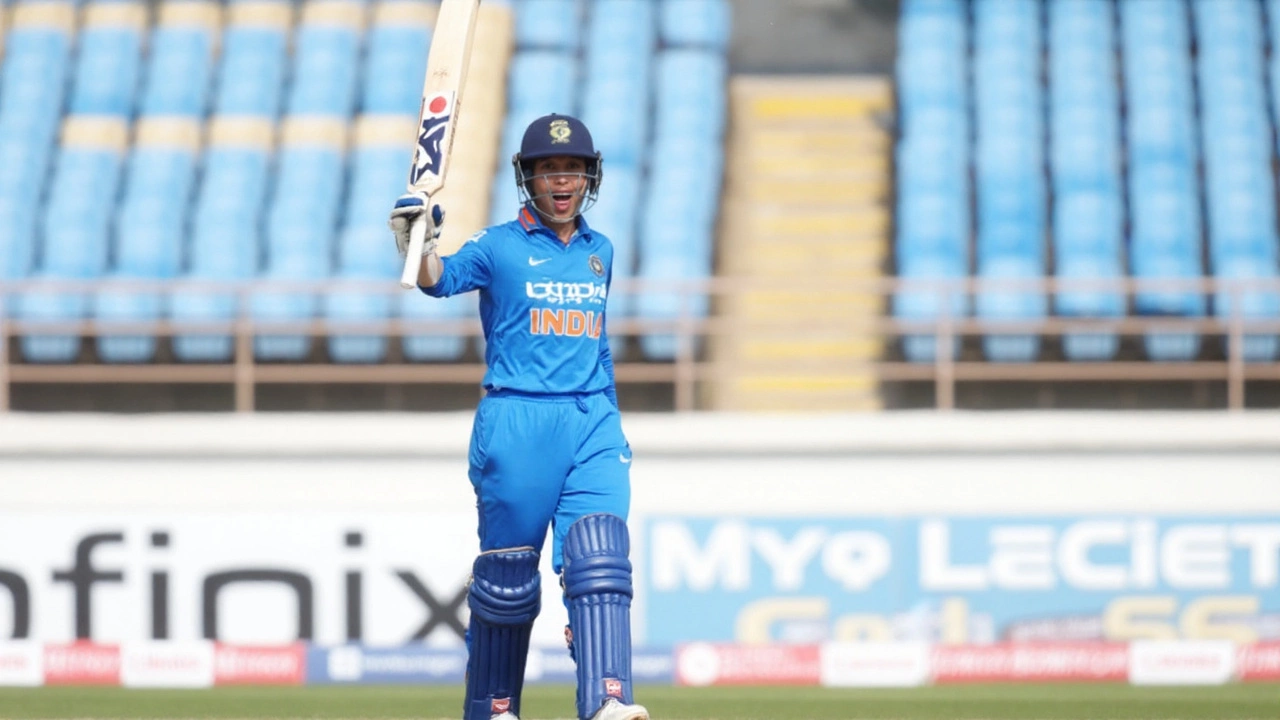1st ODI: Your Quick Guide to the First One Day International
If you’re new to cricket, the term "1st ODI" can sound confusing. It simply refers to a player's very first One Day International match. Think of it like a debut in any sport – the moment a player steps onto the international stage for a 50‑over game. This tag page gathers everything you need to know about those debut moments, why they matter, and how they shape a career.
Most fans remember a few iconic 1st ODIs – the day a future star made a splash or a surprise performance that changed a team’s outlook. Those games often set the tone for a player’s confidence, and they give coaches a glimpse of what’s possible at the highest level. In short, a first ODI isn’t just a statistic; it’s a story.
Why the 1st ODI matters
The first ODI is a pressure cooker. Players have to adapt to a faster pace than Test cricket, manage limited overs, and still show their skills. A solid debut can boost a player's selection chances for the next series, while a shaky start might mean a quick return to domestic cricket.
From a fan’s perspective, watching a 1st ODI is exciting because you get to see raw talent. You might spot a bowler who can swing the ball at high speeds or a batter who can time the ball perfectly under pressure. Those moments often become talking points on social media and in post‑match analysis.
Statistically, many great cricketers have impressive first‑match numbers. For example, a debutant scoring a half‑century or taking three wickets in their first ODI instantly gains credibility. Those numbers also help analysts compare new players with seasoned veterans.
Tips to enjoy the 1st ODI
Want to get the most out of watching a player’s first ODI? Start by checking their background – know which domestic team they play for, their batting order, and bowling style. That context makes it easier to spot when they’re doing something special.
Keep an eye on the scoreboard but don’t get glued to it. The real fun is watching how the player handles key moments – a tight chase, a tough batting collapse, or a swinging spell. Those are the times you’ll see their character shine.
After the match, look for post‑match interviews. Players often talk about nerves, what they learned, and how they plan to improve. Those insights add depth to the stats you just saw.
If you’re a budding cricketer yourself, treat the 1st ODI as a learning tool. Notice how the debutant manages their run‑up, how they set up their shots, and how they stay focused between deliveries. You can pick up practical tips without ever stepping onto a pitch.
Finally, share your thoughts with other fans. Whether it’s on a forum or a chat with friends, talking about a first ODI creates a community vibe. You’ll discover different perspectives and maybe even predict how that player’s career will unfold.
In the end, the 1st ODI is more than a line on a scorecard. It’s a milestone, a test, and a chance for new talent to prove themselves. Keep these points in mind next time you hear about a debut, and you’ll appreciate the drama behind every first ball.
September 15, 2025
Eldon Carrick
0 Comments
Australia edged India in a nerve-jangling first ODI in New Chandigarh, sealing the chase off the final ball to go 1-0 up in the series. India posted 281/7 after a 100-run opening stand from Pratika Rawal and Smriti Mandhana. Beth Mooney’s 77 and Annabel Sutherland’s unbeaten 54 steered the reply, with Phoebe Litchfield attacking the spinners at key moments in a day-night contest under lights.




